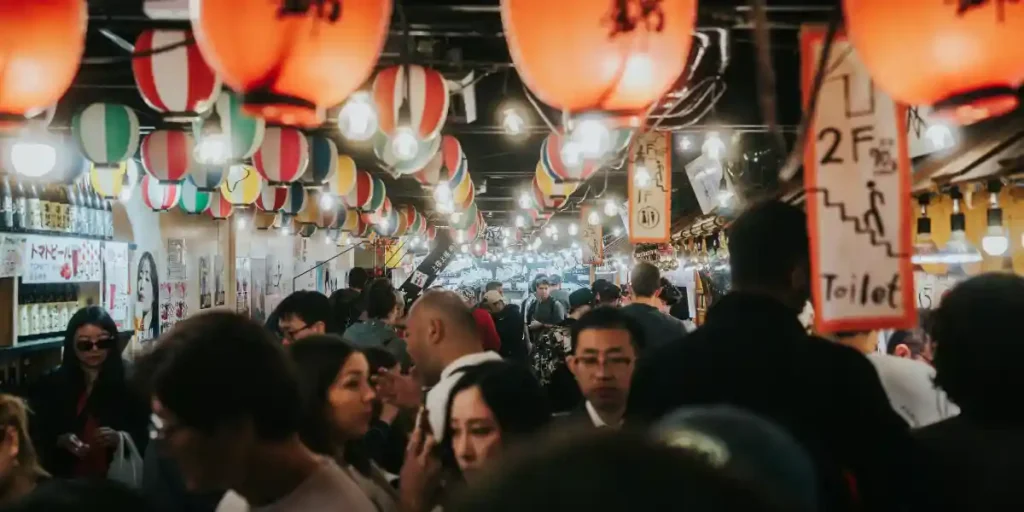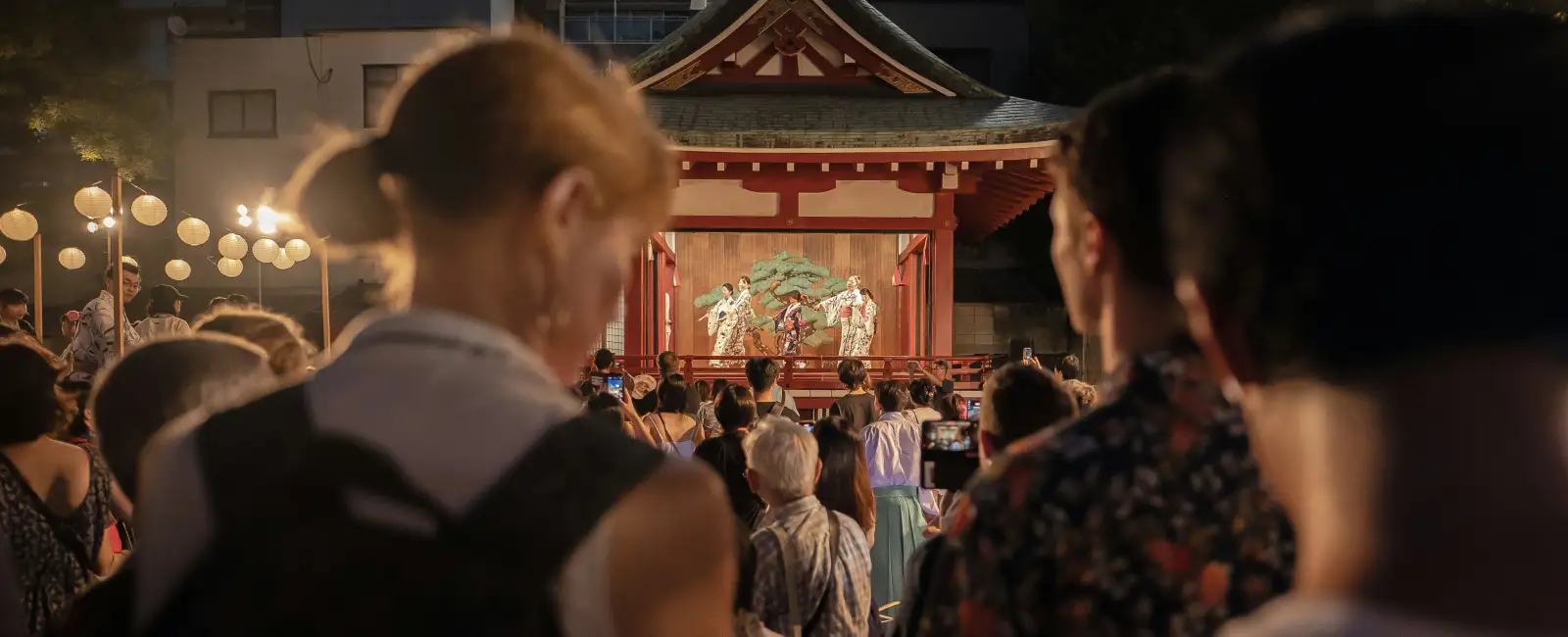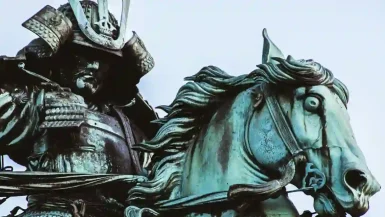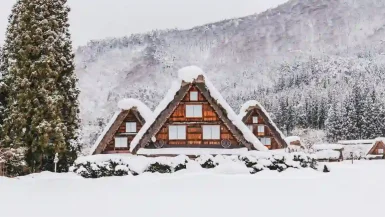Japan, obviously, is a country of diverse landscapes, rich history, and vibrant culture, attracting millions of visitors each year. Whether you’re drawn by the bustling metropolis of Tokyo, the serene temples of Kyoto, or the stunning natural beauty of Hokkaido, the timing of your visit can significantly impact your experience. When considering the best time to go to Japan, it’s essential to think about the weather, festivals, and other seasonal attractions that will make your trip unforgettable. Here’s an in-depth look at the best times to go to Japan, ensuring that you plan your visit during the most ideal period.
Spring: The Cherry Blossom Spectacle (March to May)
Spring in Japan is synonymous with cherry blossoms or “sakura.” From late March to early April, the country transforms into a sea of pink and white. The weather during this period is generally mild, with temperatures ranging from 10°C to 20°C (50°F to 68°F), making it perfect for outdoor activities and sightseeing. Major cities like Tokyo, Kyoto, and Osaka host numerous cherry blossom festivals, where you can enjoy local food, music, and art under the blooming trees. This season also sees a rise in the number of visitors, so booking accommodations and transportation well in advance is highly recommended.
Beyond the cherry blossoms, spring offers other beautiful flowers like wisteria and azaleas, adding more color to the already picturesque landscape. For those interested in Japanese culture, this period is also rich with traditional festivals, such as the Takayama Spring Festival, which features ornate floats and lively processions. Spring truly encapsulates the essence of Japan’s natural beauty and cultural heritage, making it one of the best times to go to Japan. Whether you’re a nature enthusiast, a culture buff, or simply looking to experience Japan at its most vibrant, spring is an ideal time to visit.
Key Events and Attractions
Cherry Blossom Viewing (Hanami)
Join locals and tourists in parks like Ueno Park in Tokyo and Maruyama Park in Kyoto, where cherry blossoms create a stunning canopy of pink. Visit Hirosaki Castle Park in Aomori for hanami picnics under blooming cherry trees. If you’re in Japan during the autumn season, don’t miss the vibrant fall foliage in places like Arashiyama in Kyoto and Nikko in Tochigi Prefecture. Winter offers a different kind of magic, with snow-covered landscapes in regions like Hokkaido and the chance to experience traditional onsen hot springs. Spring, however, remains a favorite for many, as the cherry blossoms symbolize new beginnings.
Golden Week
Spanning from late April to early May, this is a series of national holidays. While it’s a festive time, it’s also one of the busiest travel periods in Japan, so plan accordingly. During this period major tourist attractions are often crowded, and accommodations may be fully booked well in advance. If you plan to visit during this time, it’s wise to make all necessary reservations as early as possible. Additionally, transportation options, such as trains and flights, are likely to be in high demand, which could affect your travel itinerary. Despite the crowds, Golden Week offers a unique opportunity to experience Japan’s vibrant culture as locals celebrate with various festivals and events. You can witness traditional parades, enjoy seasonal foods, and participate in activities that bring communities together.
However, if you prefer a quieter experience, you might want to consider visiting Japan before or after Golden Week. By avoiding this peak travel period, you’ll have a chance to explore the country’s beauty at a more leisurely pace. Whether you travel during Golden Week or another time, planning is key to making the most of your trip.
Festivals
Enjoy events like the Takayama Spring Festival in Gifu, known for its ornate floats, and the Fuji Shibazakura Festival near Mount Fuji, featuring fields of pink moss phlox. If you visit during spring, you’ll be treated to the mesmerizing cherry blossoms, or “sakura,” which typically bloom from late March to early April. This season is particularly popular, drawing both locals and tourists to parks and temples to participate in hanami, the tradition of flower viewing. Summer, on the other hand, brings vibrant festivals like the Gion Matsuri in Kyoto. There traditional floats parade through the streets, and the Nebuta Matsuri in Aomori, famous for its illuminated lantern floats.
Autumn is another fantastic time to explore Japan. The foliage transforms into a stunning array of reds, oranges, and yellows. The Koyo season, Japan’s autumn foliage, is best experienced in places like Nikko and Arashiyama. Winter offers a completely different charm, with opportunities to witness the famous snow monkeys of Jigokudani soaking in hot springs, or to enjoy world-class skiing in Hokkaido. Additionally, winter is the season for the Sapporo Snow Festival, where intricate ice sculptures dazzle visitors. Regardless of the season, Japan’s festivals and natural beauty ensure that your visit will be filled with unforgettable experiences.
Summer: Vibrant Festivals and Coastal Retreats (June to August)
Undoubtedly, Summer in Japan can be hot and humid, with temperatures often exceeding 30°C (86°F). It’s one of the best seasons to go to Japan if you enjoy vibrant cultural experiences. However, it’s also a time of lively festivals (matsuri), fireworks, and beach vacations. The rainy season, or “tsuyu,” typically occurs from mid-June to mid-July, primarily affecting the southern regions. Despite the humidity and occasional downpours, summer offers unique opportunities to experience Japan’s outdoor activities, such as hiking in the Japanese Alps or enjoying the cool breezes in coastal areas. Moreover, summer is the peak season for Mount Fuji climbers, with thousands flocking to ascend Japan’s iconic peak.
Additionally, the season brings a chance to witness traditional events like the Gion Matsuri in Kyoto, which showcases Japan’s rich cultural heritage. Although summer may not be for everyone, its lively atmosphere makes it one of the best times to go to Japan if you want to immerse yourself in local traditions and celebrations.
Key Events and Attractions
Festivals (Matsuri)
Experience the energy of festivals like Gion Matsuri in Kyoto, Awa Odori in Tokushima, and Nebuta Matsuri in Aomori. These festivals feature traditional music, dance, and parades. These events are often tied to the seasons, making them an essential consideration when planning the best time to go to Japan. Spring, for instance, is synonymous with the cherry blossom season, where parks across the country, from Tokyo’s Ueno Park to Kyoto’s Maruyama Park, come alive with pink blooms and hanami (flower viewing) parties. Summer offers a different vibe, with vibrant festivals and fireworks lighting up the night skies, particularly during the Obon period, a time to honor ancestral spirits.
Autumn, with its crisp air and vivid fall foliage, draws visitors to places like Nikko and Kyoto’s Arashiyama. There the landscape transforms into a canvas of red, orange, and gold. Winter brings its own charm, especially in regions like Hokkaido, where the Sapporo Snow Festival showcases intricate ice sculptures, or in traditional onsen towns like Hakone, where you can soak in hot springs surrounded by snow.
Additionally, winter is the perfect time to experience Japan’s unique New Year’s traditions, from temple visits to enjoy the first sunrise of the year, known as Hatsuhinode. No matter the season, planning the best time to go to Japan around these events will enhance your travel experience, allowing you to immerse yourself in the country’s rich cultural tapestry.
Fireworks (Hanabi Taikai)
- Summer evenings light up with spectacular fireworks displays. Notable ones include the Sumida River Fireworks in Tokyo and the Nagaoka Fireworks in Niigata. These events draw large crowds, creating a lively atmosphere where you can experience Japan’s festive spirit. Along with the fireworks, summer festivals, known as matsuri, are in full swing. They feature traditional dance performances, food stalls, and parades. The Gion Matsuri in Kyoto and the Awa Odori in Tokushima are particularly famous, offering a glimpse into Japan’s rich cultural heritage. If you plan your trip during this season, you’ll also have the chance to witness the vibrant tanabata decorations, celebrating the star festival. The warm weather makes it perfect for exploring Japan’s beautiful beaches, such as those in Okinawa, where you can relax by the clear, turquoise waters. However, it’s also worth noting that summer is Japan’s rainy season, so be prepared for occasional downpours.
Beach Destinations
- Escape the heat by visiting coastal areas like Okinawa. Visit the Izu Peninsula. It’s famous for its beautiful coastlines and hot springs. There you can relax in onsen baths while enjoying stunning ocean views. The region is also famous for its scenic drives, particularly along the Jogasaki Coast. If you’re a fan of marine life, don’t miss the opportunity to snorkel or dive in the waters around the Ogasawara Islands (Galápagos of the Orient). For surfers, Shonan Beach near Kamakura is a popular spot, especially during the summer months.
- Further south, the beaches of Okinawa offer tropical bliss, with soft white sand and warm, turquoise waters ideal for swimming and sunbathing. The island’s unique culture and delicious cuisine add another layer of allure, making Okinawa a must-visit destination. Whether you’re interested in exploring underwater worlds or simply lounging on the sand, Japan’s coastal areas provide something for every beach lover.

Autumn: A Tapestry of Colors (September to November)
Surely, Autumn is a favorite time to visit Japan, with pleasant temperatures ranging from 15°C to 25°C (59°F to 77°F) and lower humidity. The season is marked by stunning fall foliage, or “koyo,” which attracts visitors to parks, temples, and countryside areas.
Key Events and Attractions
- Autumn Foliage: Witness the breathtaking colors of maple and ginkgo trees at places like Arashiyama in Kyoto, Nikko in Tochigi, and the Japanese Alps.
- Cultural Festivals: Participate in traditional events such as the Jidai Matsuri in Kyoto, showcasing historical costumes, and the Takayama Autumn Festival, known for its beautifully decorated floats.
- Seasonal Cuisine: Enjoy autumnal dishes featuring chestnuts, sweet potatoes, mushrooms, and matsutake mushrooms, often considered a delicacy.
Winter: Snowy Adventures and Tranquil Temples (December to February)
Winter in Japan also varies greatly from the snowy landscapes of Hokkaido and the Japanese Alps to the milder climates of the southern regions. Temperatures can range from below freezing in the north to around 10°C (50°F) in the south.
Key Events and Attractions
Skiing and Snowboarding
Hit the slopes in world-class ski resorts like Niseko in Hokkaido, Hakuba Valley in Nagano, and Nozawa Onsen in Nagano. Winter sports enthusiasts flock to these regions for their perfect powder snow and exceptional facilities. Besides skiing and snowboarding, you can also experience the unique charm of traditional onsen (hot spring) towns. There you can relax and soak in naturally heated baths after a day on the slopes. Planning your trip during the winter months offers a thrilling skiing adventure and the chance to explore Japan’s winter festivals. One of them is the Sapporo Snow Festival. This festival transforms the city into a magical winter wonderland.
Snow Festivals
- Marvel at the ice sculptures and snow creations at the Sapporo Snow Festival in Hokkaido and the Otaru Snow Light Path Festival. The Best Time to Go to Japan for these winter wonders is typically in February. The snowy landscapes of Hokkaido are at their most enchanting during this time. You’ll have the chance to indulge in seasonal delicacies like hot ramen and fresh seafood at the local markets. As the winter chill sets in, the cozy onsen (hot springs) offer a perfect way to warm up after a day of exploring. For those seeking a winter adventure, this is undoubtedly the best time to go to Japan.
Hot Springs (Onsen)
- Warm up in natural hot springs surrounded by snow at destinations like Kusatsu Onsen in Gunma and Yufuin in Oita. Spring invites you to witness the breathtaking cherry blossoms. The most iconic spots are Ueno Park in Tokyo and Maruyama Park in Kyoto. If you prefer milder weather, autumn presents a tapestry of vibrant foliage, with prime viewing locations such as the Arashiyama Bamboo Grove and Nikko National Park.
New Year Celebrations
- Finally, experience Japanese New Year (Shogatsu) traditions, including temple visits, special foods, and festive decorations. This period is marked by a deep sense of tradition, with families coming together to celebrate the arrival of the new year. You can witness the ringing of temple bells at midnight, a practice believed to cleanse away the previous year’s sins. Indulge in traditional New Year foods like osechi ryori, beautifully arranged dishes symbolizing good fortune, and mochi, a sticky rice cake often enjoyed during this time. Streets and homes are adorned with kadomatsu and shimenawa, traditional decorations that invite good spirits and prosperity for the year ahead.
Conclusion
In one word, Japan is a year-round destination, with each season offering its unique charm and attractions. Spring and autumn are ideal for mild weather and stunning natural scenery. Summer is perfect for experiencing vibrant festivals and coastal retreats. Winter, on the other hand, provides opportunities for snow sports and cozy onsen experiences. Consider your interests and preferences when planning your visit to make the most of what this fascinating country has to offer.



